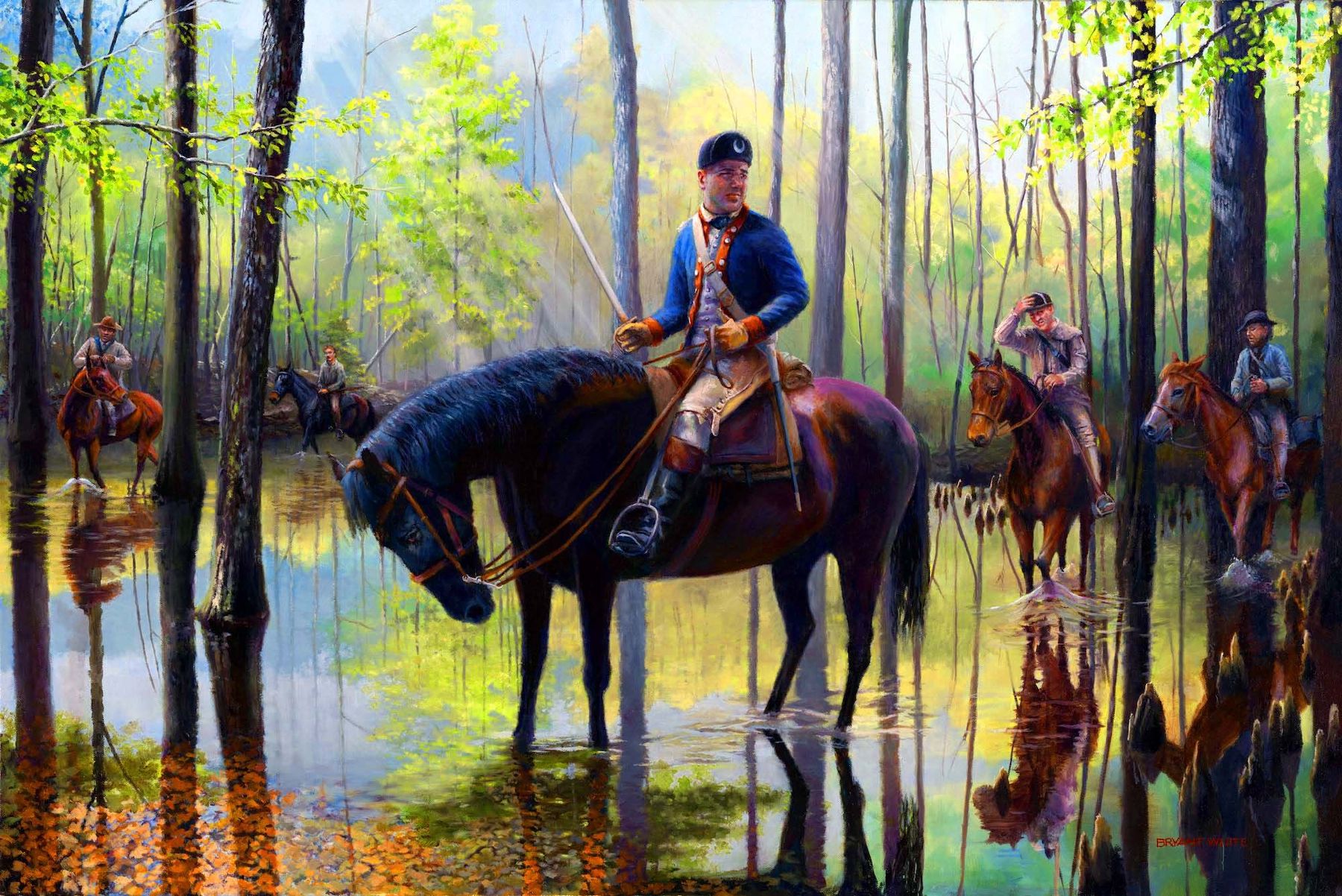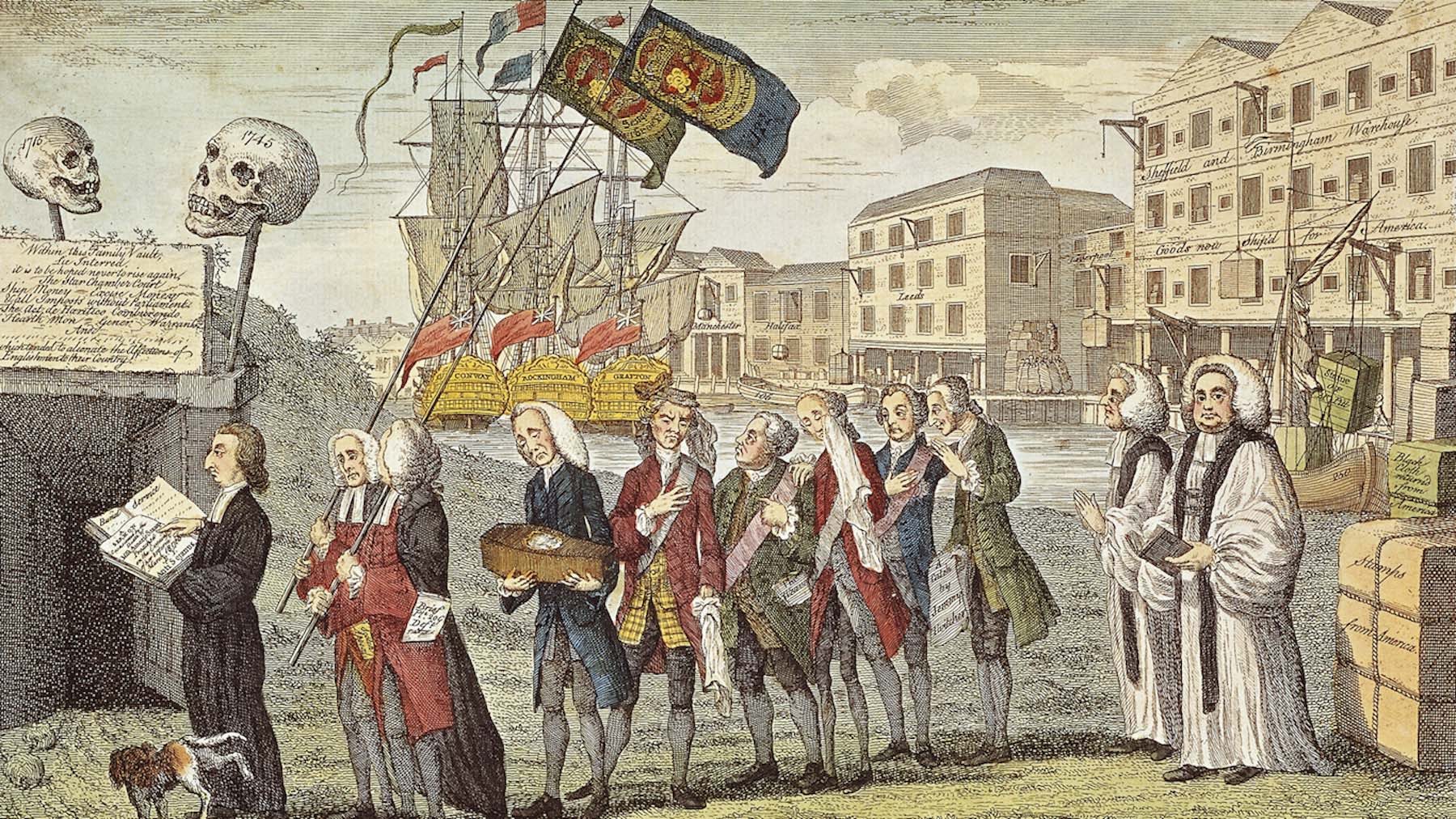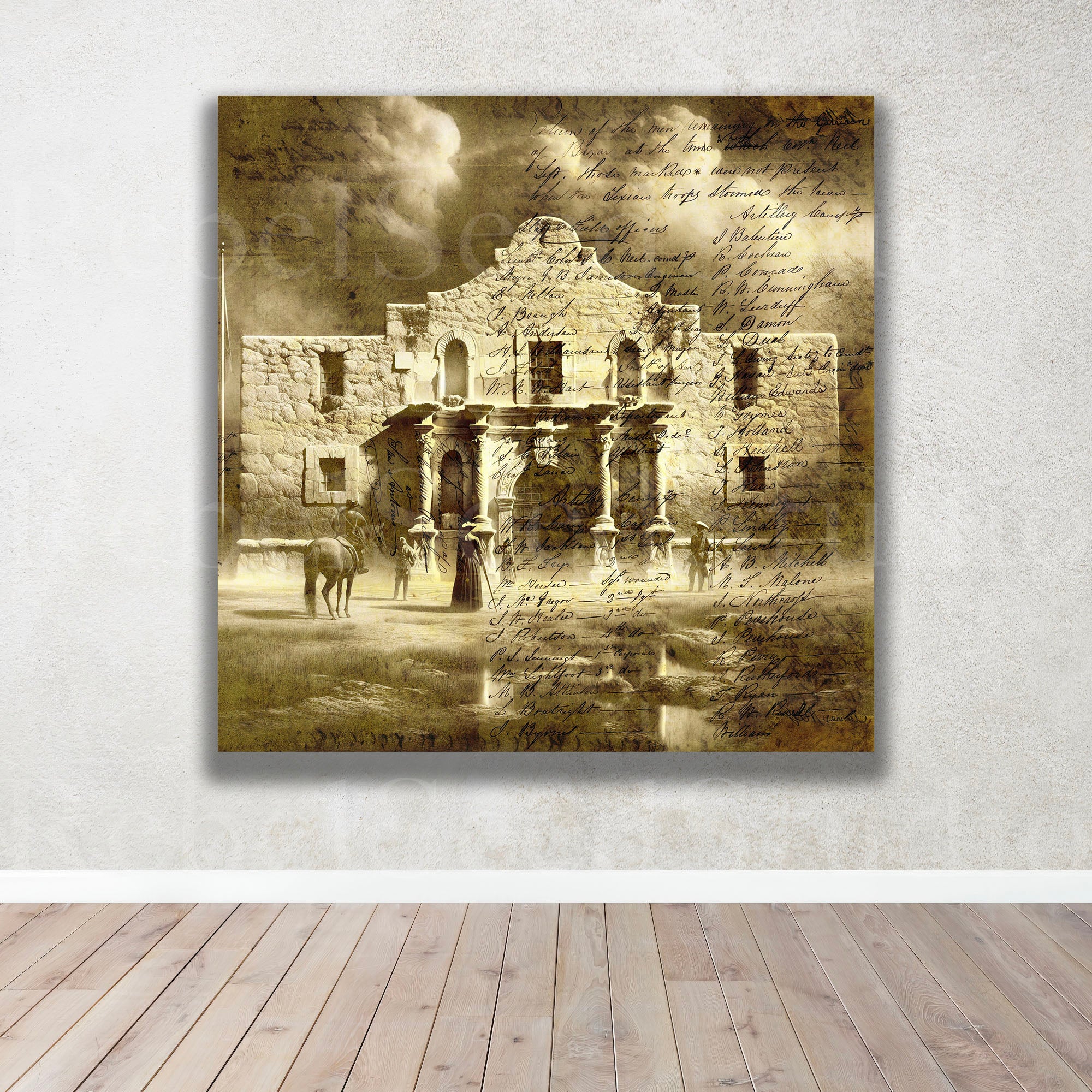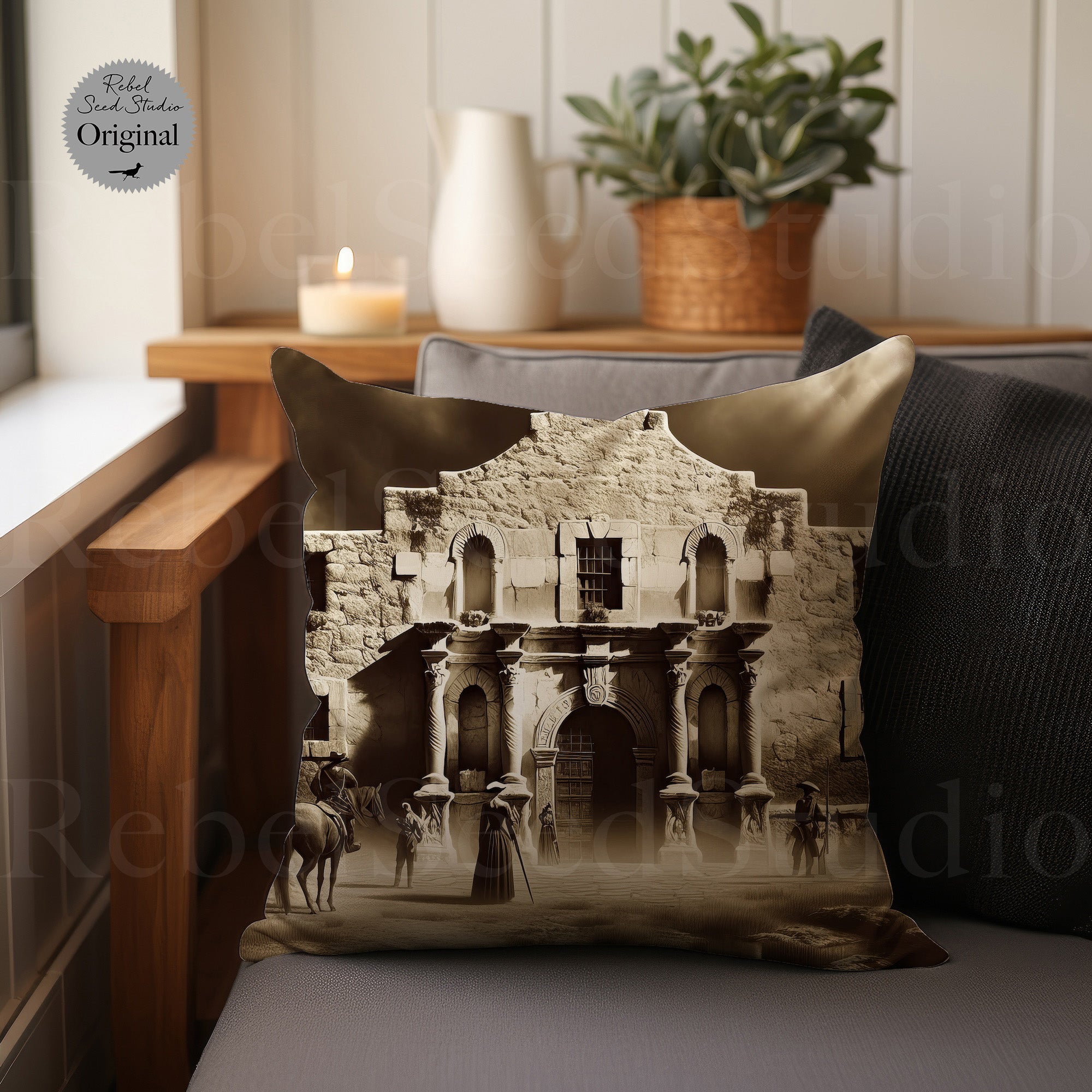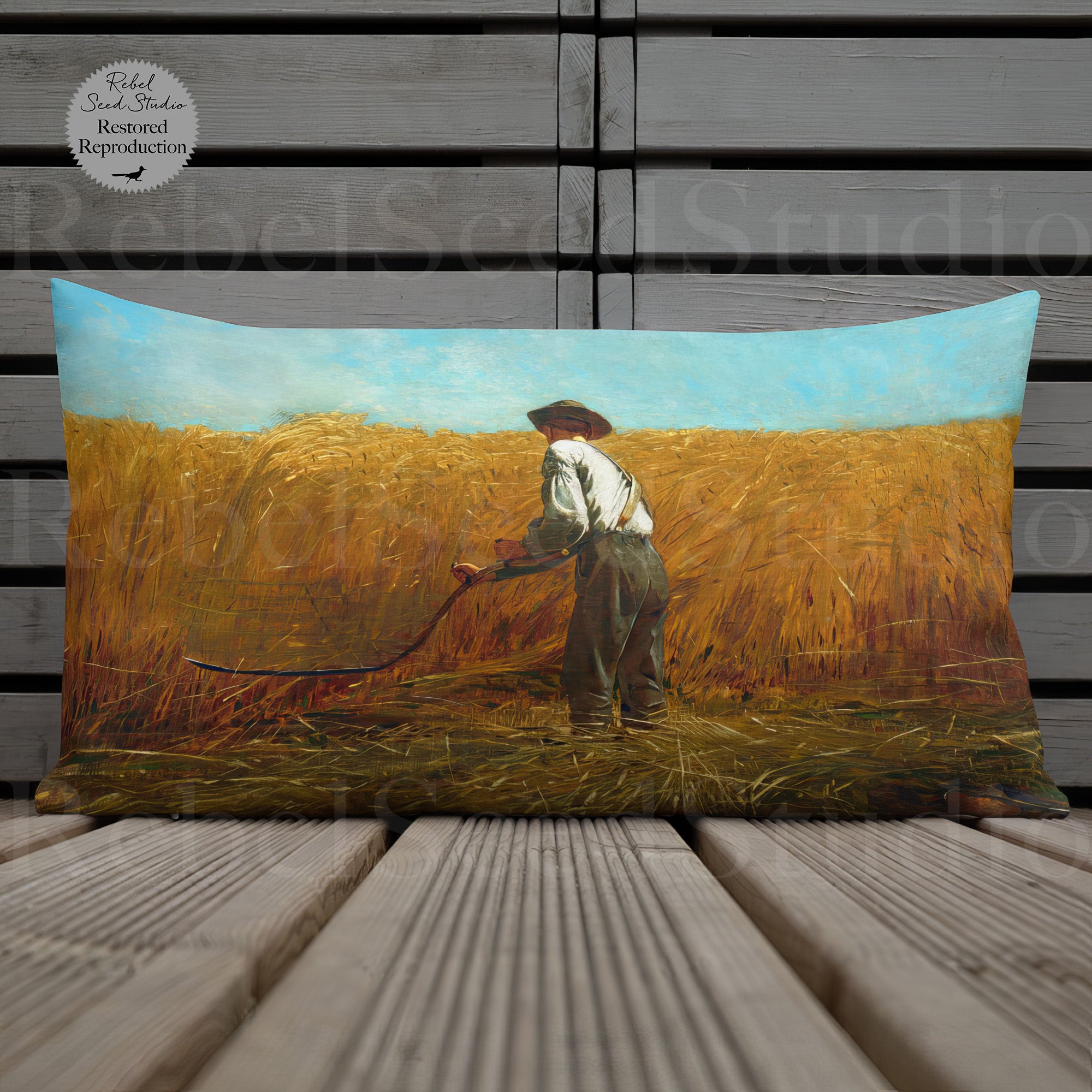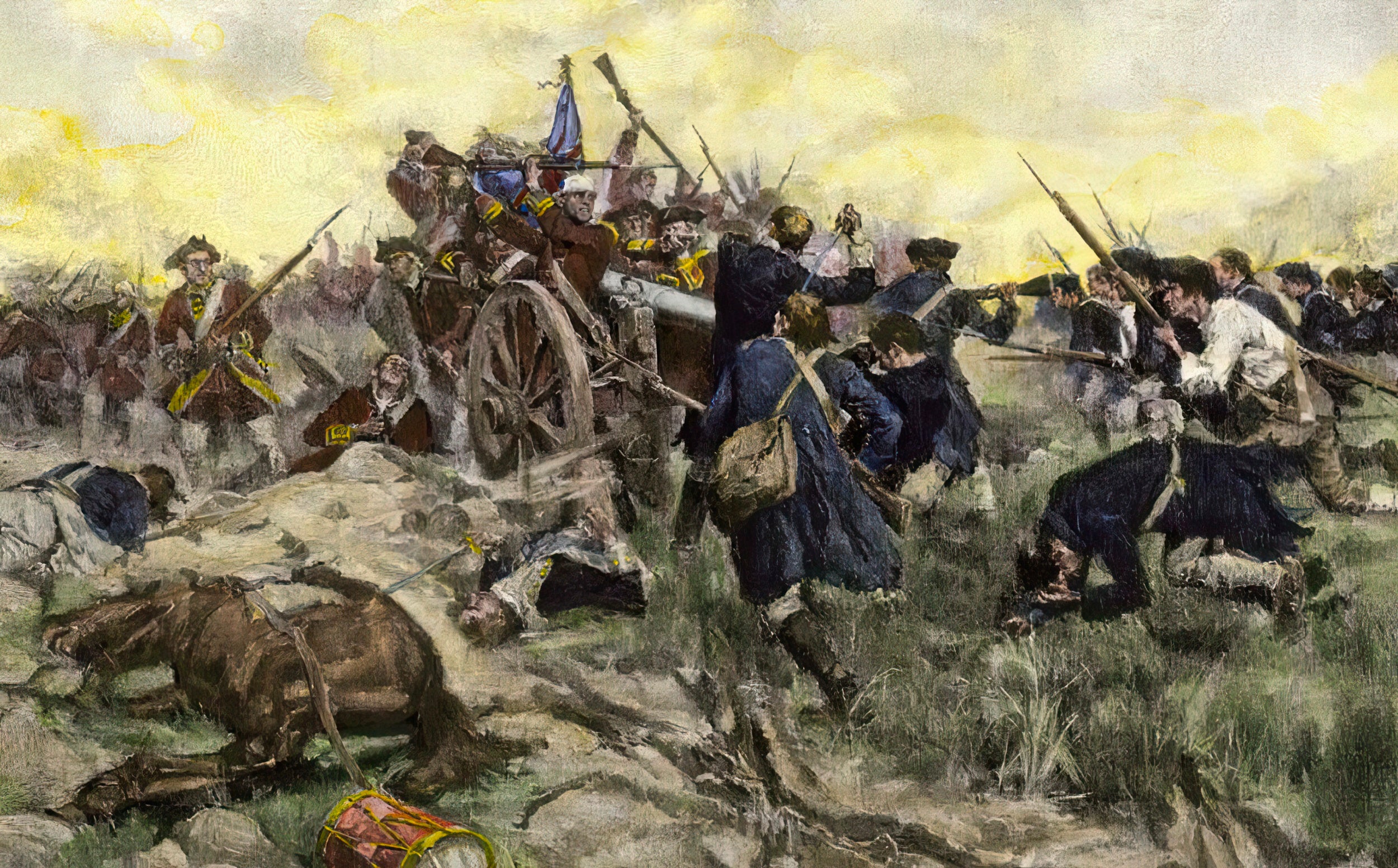
Nathanael Greene: Revolutionary War Hero of the South
Historical article reprinted from the book "American Heroes & Leaders" written by Wilbur Fisk Gordy in 1907.
The American Revolution General Nathanael Greene is regarded as a brilliant military leader, defending the South during the war.
The first fighting in the Revolution was in New England. Failing there, the British generals vainly tried to get control of the Hudson River and the Middle States. Their attention then turned to the South, where there were many Tories who would give material support to the King's forces. George the Third had great hopes of conquering all the Southern States, and holding them at the end of the struggle as English territory, even though the Americans should succeed in keeping possession of New England and the Middle States.
Beginning in Georgia in 1778, the British captured Savannah, but not until 1780 did they undertake the serious business of conquering the South. In May of that year, General Lincoln, the American commander of the Southern Army, surrendered his entire force at Charleston, and in the following August, General Gates, at the head of a second American Army, suffered a crushing defeat in the battle of Camden. The outlook for the patriot cause appeared dark. One thing was certain. An able military leader must take charge of the Americans, or the British would soon overcome all opposition. Washington had great faith in General Greene's ability, and without hesitation selected him for this important task.
Nathanael Greene was born in Warwick, Rhode Island, in 1742. His father, a Quaker preacher on Sundays, and a blacksmith and miller on week days, brought up his son in the strictest Quaker principles, and trained him to work in the field, in the mill, and at the forge. Nathaniel was robust and athletic, a leader in outdoor sports. From an early age he was studious in his habits, and in his manhood, when the troubles with England seemed to threaten war, he eagerly turned his attention to the study of military tactics.

In 1774 Greene took an active part in organizing, in his home state, a military company called the Kentish Guards, in which he at once enrolled himself as a private. In order to procure a musket it was necessary for him to make a trip to Boston where, in his Quaker costume of drab-colored clothes and broad brimmed hat, he was a picturesque and interested observer of the British regulars taking their customary drill. On his return he brought with him not only a musket, which he concealed under some straw in his wagon, but also a British deserter to drill his company.
On the news of the battle of Bunker Hill a brigade of three regiments was raised in Rhode Island, and Greene was placed at its head with the rank of brigadier-general. With this brigade he at once marched to Boston, and when Washington arrived to take command of the American troops, General Greene had the honor of welcoming him on behalf of the Army.

At this time Greene was 33 years old, six feet tall, with a strong, vigorous body and a frank, intelligent face. He speedily won the friendship and confidence of Washington, who afterward placed him in positions of great responsibility. Throughout the entire war General Greene was actively engaged, and in all his campaigns he showed remarkable energy and promptness. It was natural that a general so able should be sought in 1780 as commander of the American Army in the South.
When General Greene reached the Carolinas on December 2, 1780, he found the Army in a forlorn condition. There was but one blanket for every three soldiers, and there were not enough provisions in camp to last three days. The men were disheartened because they had suffered defeat, rebellious because they were unpaid, and sick because they were unfed. They camped in rude huts made of fence rails, corn-stalks, and brushwood.
But by his masterly way of doing things, Greene soon inspired the confidence of officers and soldiers alike. A story is told that well illustrates the faith his men had in their general. Once, he saw a barefoot sentry and said to him, "How you must suffer from cold!" The sentry answered, not aware that he was addressing his commander, "I do not complain. I know I should fare well if our general could procure supplies."
Not long after taking command of the Army, he sent General Morgan with 900 selected men toward the mountains in the Carolinas to threaten the British posts there, while he himself, with the remainder of the Army, took a position nearer the coast on the Pedee River. General Cornwallis, in command of the British Army in the South, detached Tarleton to march against Morgan. Early on the morning of January 17, 1781, after a hard night march, Tarleton, over-confident of success, attacked Morgan at Cowpens. But the Americans repelled the attack with vigor and won a brilliant victory. The British lost 230 killed and wounded and 600 prisoners, almost their entire force.
Cornwallis was deeply chagrined, for he had expected that Tarleton would crush the American force. He now planned to march rapidly across the country and defeat Morgan before Greene's Army could unite with him. But Morgan, feeling certain that Cornwallis would make a strenuous effort to overwhelm him and rescue the 600 prisoners, marched with all possible speed in a northeasterly direction, with the purpose of crossing the Catawba River before Cornwallis could overtake him.
Moreover, when Greene heard the glorious news of the American victory, he knew that there was great danger that Morgan's force would fall into the hands of Cornwallis. He, therefore, planned not only to prevent such a catastrophe, but also to lead Cornwallis far away from his base of supplies at Wilmington on the coast, to a place where his own force united with Morgan's might fight a winning battle.
With these plans in mind, having ordered General Huger to march rapidly with the Army in a northerly direction, Greene himself, with a small guard, swiftly rode a distance of 150 miles across the rough country to Morgan's Army. On the last day of January he reached it in the Catawba Valley, and began to direct its movements.
In the meantime Cornwallis, with desperate energy, was pressing in pursuit. For the next ten days it was a race for life, with the odds in favor of Cornwallis. But Greene was exceedingly alert and masterful. The Catawba had been safely crossed, but Cornwallis might overtake the Americans before they could cross the Yadkin. To make all possible provision for a speedy crossing, Greene sent men ahead to see that boats should be collected on this river, ready for use when he should need them. He also had the fore-thought to carry with his Army boats mounted on wheels. When crossing a river, these boats would carry the wheels, and in advancing across the country the wheels would carry the boats.
Having taken these precautions, Greene sent Morgan forward toward Salisbury, while he himself waited for a force of militia that was to guard fords on the Catawba in order to delay Cornwallis. But while waiting he heard that the militia had been scattered. When this unfortunate news reached him, he started upon a solitary ride through the heavy mud and drenching rain in search of Morgan's force. When Greene alighted at the Salisbury Inn, which had been turned into a hospital for the soldiers, the Army physician greeted him, asking how he was. "Fatigued, hungry, alone, and penniless", he answered. The landlady, Mrs. Elizabeth Steele, on hearing the reply, brought out two bags of money, the savings of many a hard day's labor. She said, "Take these, you will need them, and I can do without them."
In this famous retreat of 200 miles through the Carolinas, the Americans forded three rivers, whose waters, swollen by recent rains soon after the Americans had crossed, checked the British in their pursuit. Greene crossed the last of these rivers, the Dan, with the two parts of his Army now united, just in time to escape Cornwallis.
With the aid of partisan leaders, such as Francis Marion, and by the skillful handling of his Army, Greene was more than a match for Cornwallis. On receiving reinforcements from Virginia, Greene turned upon his enemy at Guilford Court House, North Carolina, where he fought a losing battle. But although defeated, he so crippled the British Army that Cornwallis was obliged to retreat to the coast to get supplies for his half-famished men before marching northward into Virginia. In this long and trying campaign Greene had completely outwitted Cornwallis.
At the close of the war, as he passed through Philadelphia on his way home, the people received him with great enthusiasm. In 1785 he moved with his family to a plantation, which the State of Georgia had given him. There he lived in quiet and happiness less than a year, when he died of sunstroke at the age of forty-four. His comrade, Wayne, who was with him at the time of his death, said of him: "He was great as a soldier, great as a citizen, immaculate as a friend.... I have seen a great and good man die."


